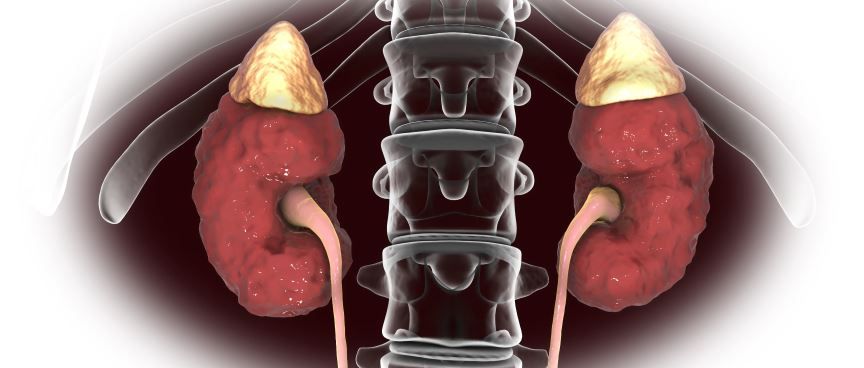CKD Patients with STEMI: High-risk yet Under the Radar
Patients with renal disease are poorly represented in studies of treatment for STEMI but, a new study finds, are at much greater risk for MACE and death.
©Kateryna_Kon/adobe.stock.com

The authors of a new paper published in the journal BMC Cardiovascular Disorders began their clinical journey with an important observation: “Patients with renal impairment are often left out from most major clinical trials assessing the optimal treatment for ST-elevation myocardial infarction (STEMI).” They embarked on a study to discern differences between STEMIs and their outcomes after coronary angioplasty in patients with versus those without chronic kidney disease (CKD).
The Malaysian National Cardiovascular Disease Database (data from 2007-2014) provided 6,563 patients who were then divided into STEMI with or without CKD (GFR< 60cc/min for CKD identification). The CKD group was “sicker” overall with diabetes, hypertension, dyslipidemia, and severe, acute left ventricular dysfunction more frequent in the cohort. The CKD group also had more extensive coronary artery disease with a higher percentage of individuals found to have multivessel disease and more complex coronary lesions at catheterization.
The CKD group did not fare as well in many important clinical categories compared with the group without CKD. Hospital death rates were 4.5 times higher with CKD-STEMI combined and major adverse cardiovascular events, 3.4 times higher. Vascular complications and death one year after coronary interventional therapy were also 1.9 and 3.8 times higher in the CKD-STEMI patients, respectively.
The study itself has a number of drawbacks. The population studied was not as diverse as might be seen in the United States. The Malaysian National Cardiovascular Disease Database also has a significant therapeutic selection bias. Since the logistics to perform percutaneous coronary intervention (PCI) are not distributed equally throughout the nation, thrombolytic interventions for STEMI were favored over PCIs. That also will not extrapolate to other locations. That appreciated, the results still offer ample clinical “food for thought.” It would seem, as expected, that a population with CKD and coronary disease has more comorbid conditions and substantially worse outcomes in many clinical arenas after management. Since the study tried to fill a large research gap-exclusion of CKD patients from many STEMI studies-it should stimulate clinical trials specific to CKD, coronary disease, and STEMIs. This patient group is increasing in size, and with their multiple risk factors, acute coronary syndromes needing aggressive care are not going away anytime soon.
Source: Ismail MD, Jalalonmuhali M, Azhari Z, et al. Outcomes of STEMI patients with chronic kidney disease treated with percutaneous coronary intervention: the Malaysian National Cardiovascular Disease Database-Percutaneous Coronary Intervention (NCVD-PCI) registry data from 2007 to 2014. BMC Cardiovasc Disord. 2018;18:184-191.